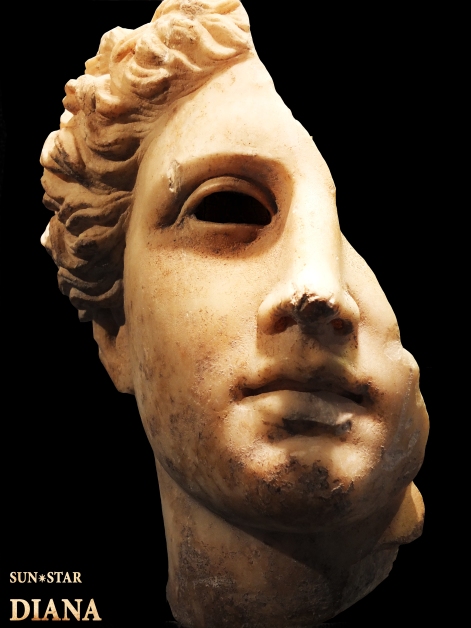
Anna Sandy’s poem “Storm Shelters” appears in our Winter Issue. Anna is the current Poetry Editor of New South, a literary journal based in Atlanta, GA that, no, does not only take southern-inspired writing. As an MFA candidate at Georgia State University, where she also teaches English Composition, she drinks a lot of coffee, pets her cats, and writes poems and essays. Some of those poems and essays can be found or are forthcoming in the Santa Ana River Review, Muse/A, Nightjar Review, and others.
What inspired you to write this work?
Last summer, I took a generative writing workshop in which we were given a prompt word every day for six weeks and had to write a poem from it. For this poem, the prompt word was cellar– and as soon as I started to envision that kind of cool, damp, dark place, this poem fell out of it.
Are there any authors, artists, books, etc. that you feel influence this work or your work in general?
Oh my, there are so many. I love amazing women like Kim Addonizio, Sharon Olds, and Rita Dove, and my past and current professors Sonja Livingston and Beth Gylys… and, of course, Frank O’Hara was one of my first poetry inspirations. I have to stop myself or I’ll go on for pages.
Is there anything in particular that you hope readers will understand, gain, or experience from this work?
For me, this poem is about the idea of being able to create security for yourself, and being able to look back at those in-between moments that don’t feel like real life and appreciate them– especially when you’re older and you know what was really going on. The poem is about an outside sense of doom, but it’s also about an inner sense of doom. What I really hope the reader, especially a reader who may have had a rough childhood, takes from it is the way it chooses to take hold on the fleeting, good parts of how things were instead of focusing on the bad that surrounded it.
We loved the way this poem captured the creation of safety and a sense, even, of coziness in the midst of danger. Is this a contrast that you are often drawn to?
Yes and no. I don’t often write about my early years in a way that suggests security because my childhood was pretty rocky and, unfortunately, it’s the bad memories that usually stick out. Like I said in a previous question, I do like that this poem took me to a place of happiness within my childhood. To answer this question, though, I do tend to write about the contrast between things that are going on outside of my body or my home and the things going on within, and how they can sometimes mirror each other and sometimes repel each other.
Describe your typical writing process.
I always cheat and quote Frank O’Hara on this one: “You just go on your nerve.” My poems tend to come out in pretty whole chunks, when they decide they want to.
Do you have a favorite place to write or a peculiar writing habit that you’d like to share?
I don’t necessarily have a favorite place to write, but I do have to be completely alone. Ideally. I would have some sort of hovel or turret that I could lock myself, a comfortable chair, a vat of coffee or tea, and my laptop in.
If you could choose to be any nonhuman creature, what would you be and why?
I want to say an elephant because elephants are my favorite animals, but I would probably be better at being a cat. Maybe even a wild cat that lives somewhere tropical and basks in the sun all day.








